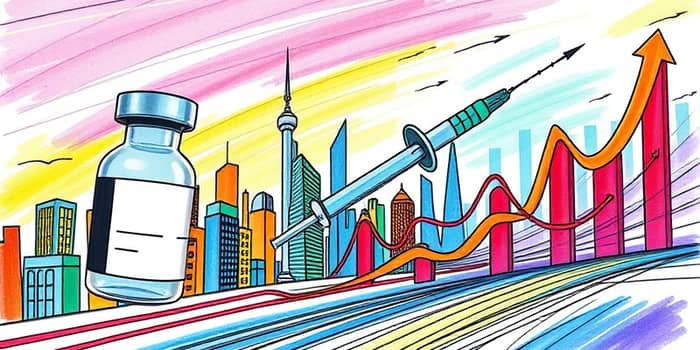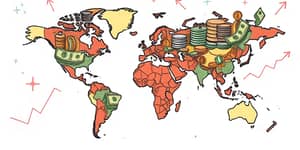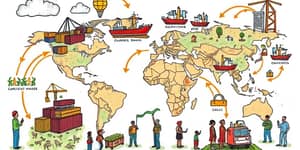
The pace at which vaccines reach populations has become a defining factor in global economic recovery. From the early days of the COVID-19 pandemic to ongoing booster campaigns in 2025, every delay costs hundreds of billions in lost output and prolonged restrictions. This article explores how rapid vaccine distribution unlocks prosperity, why inequities persist, and what lessons governments must learn to safeguard future growth.
As we emerge from the pandemic’s grip, economies everywhere are grappling with the consequences of both swift and sluggish vaccine rollouts. The stakes could not be higher: each additional month of delay can amount to massive GDP losses, strained healthcare systems, and halted livelihoods.
Vaccination campaigns are not merely public health measures—they are economic engines. A quick and efficient vaccine rollout curtails viral transmission, enabling businesses to reopen safely and workers to return to their jobs. Financial markets react positively to widespread immunity, spurring consumer confidence and investment.
Consider that rapid, equitable vaccine access in ten major economies could yield over $460 billion in benefits by 2025—more than 12 times the $38 billion cost of the ACT Accelerator initiative. These figures underscore a simple truth: up-front spending on vaccines pays immense dividends in overall economic activity.
When distribution lags, the economic toll is punishing. Conservative estimates place global GDP losses from vaccine delays at $700 billion, with total healthcare and associated costs nearing $1.3 trillion. Even a three-month production delay could have saved hundreds of billions had advanced manufacturing lines been ready.
Early, aggressive investment was essential. Experts noted, “You are losing hundreds of billions in raw economic activity each month—and that’s not even accounting for all the other forms of loss the pandemic has caused. So you can put a lot of money into building factories in advance, just to have ones ready to produce the vaccine that works.”
The unprecedented speed of the COVID-19 vaccine rollout was marred by stark disparities. Wealthy nations secured early access, while lower-income countries struggled with financing and logistics. This gap threatens to reverse decades of progress and undermine equity in global vaccine access.
Uneven uptake prolongs pandemic conditions in lagging regions, hindering international travel, trade, and economic normalization. The interconnected nature of today's markets means that a resurgence in one locale can ripple across supply chains and financial networks worldwide.
History will judge how governments balanced risk and reward. Aggressive precommitment to manufacturing capacity before vaccine approval proved decisive. Up-front infrastructure spending, though costly, enabled months shaved off lockdowns—each month representing hundreds of billions in economic value.
Key takeaways include:
Despite the initial success, booster campaigns now face budget cuts and logistical hurdles, particularly in rural and low-income areas. Federal subsidies have narrowed, potentially lowering uptake and creating immunity gaps. Compounding this, declining testing capacity erodes surveillance, allowing new variants to spread undetected.
Policymakers must address these constraints to avoid backsliding on hard-won gains. Public health infrastructures require renewed focus, ensuring that vaccines remain accessible and surveillance systems robust.
Effective strategies will hinge on coordinated action and sustained investment:
Each of these measures strengthens resilience, reducing the risk of future setbacks and fostering a more stable economic environment.
As nations transition from crisis response to long-term recovery, the lessons of the vaccine rollout are clear. Rapid, well-funded, and equitable distribution not only saves lives but also unleashes economic momentum. By embracing these principles, policymakers can ensure that the next global health emergency meets a far stronger defense, minimizing both human and financial costs.
References













